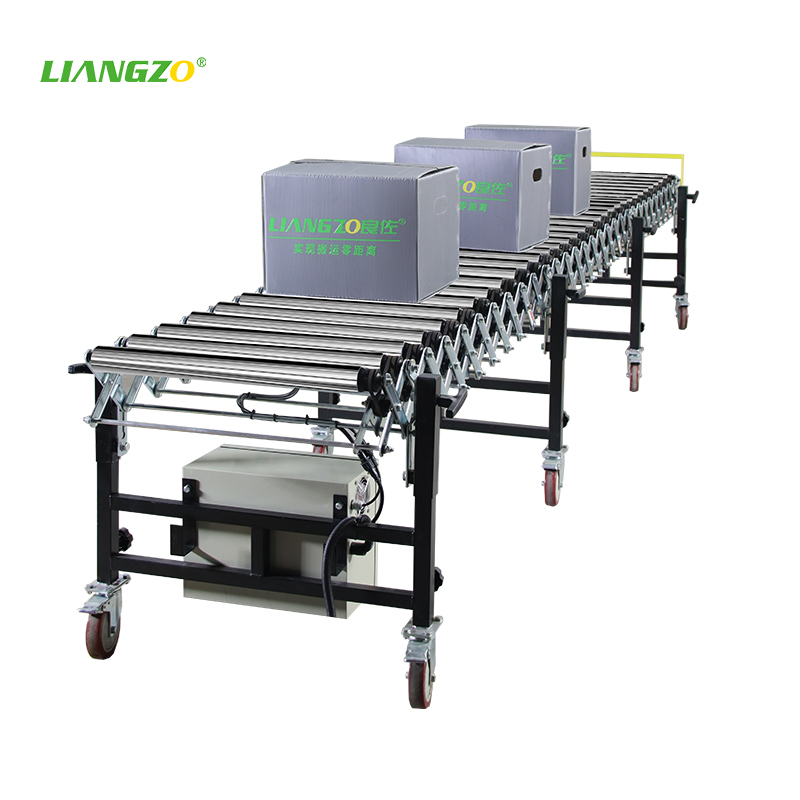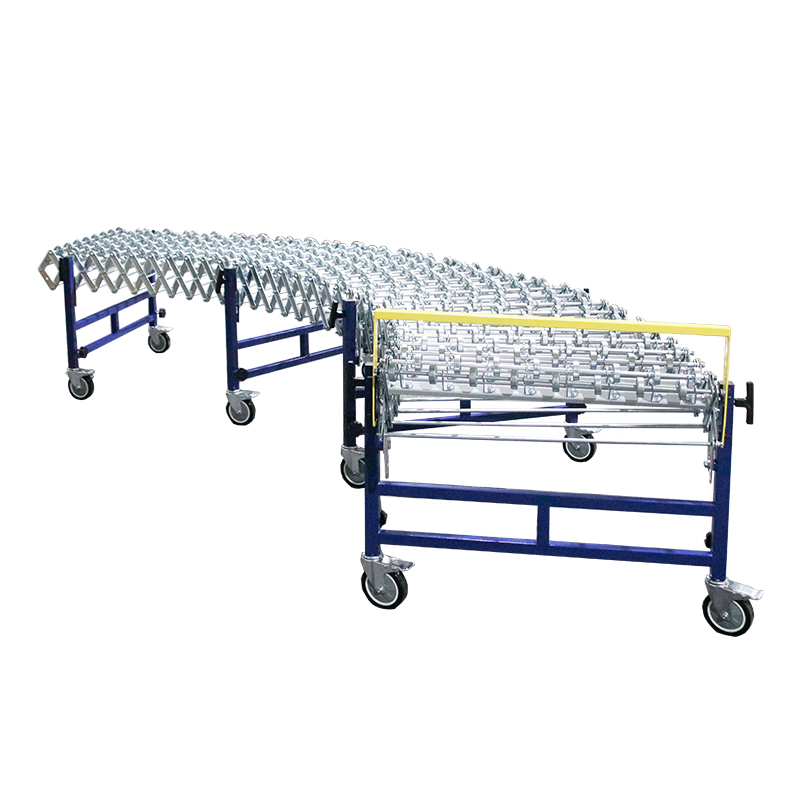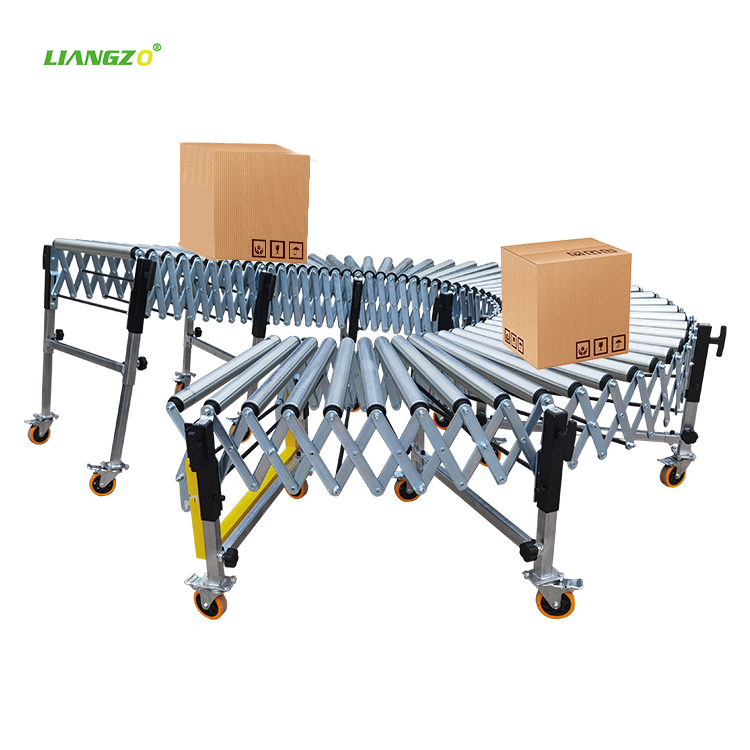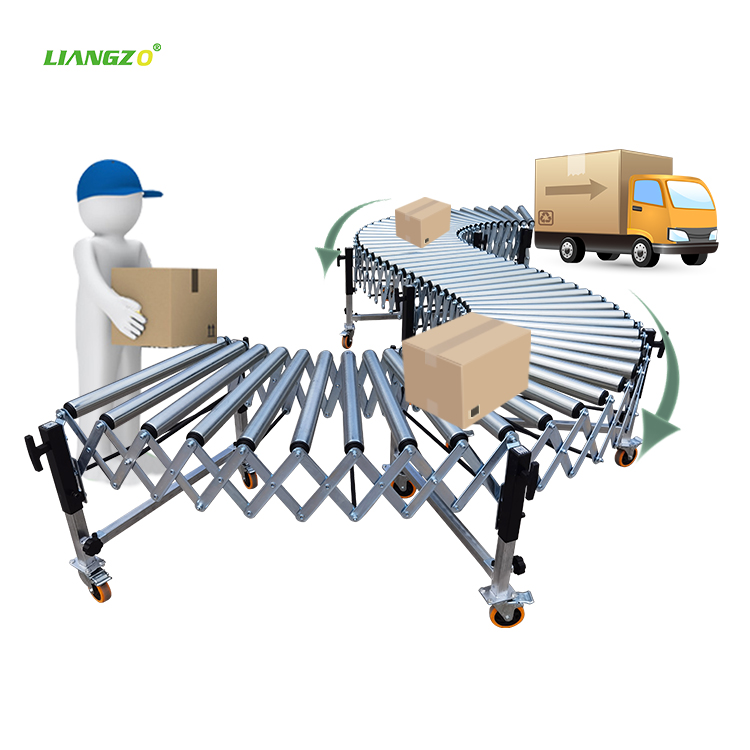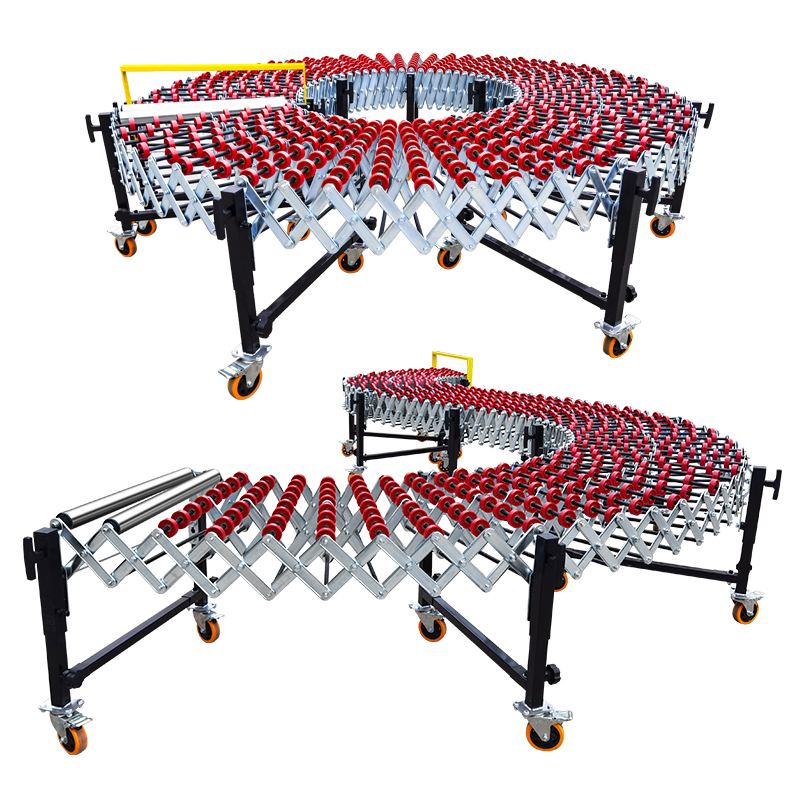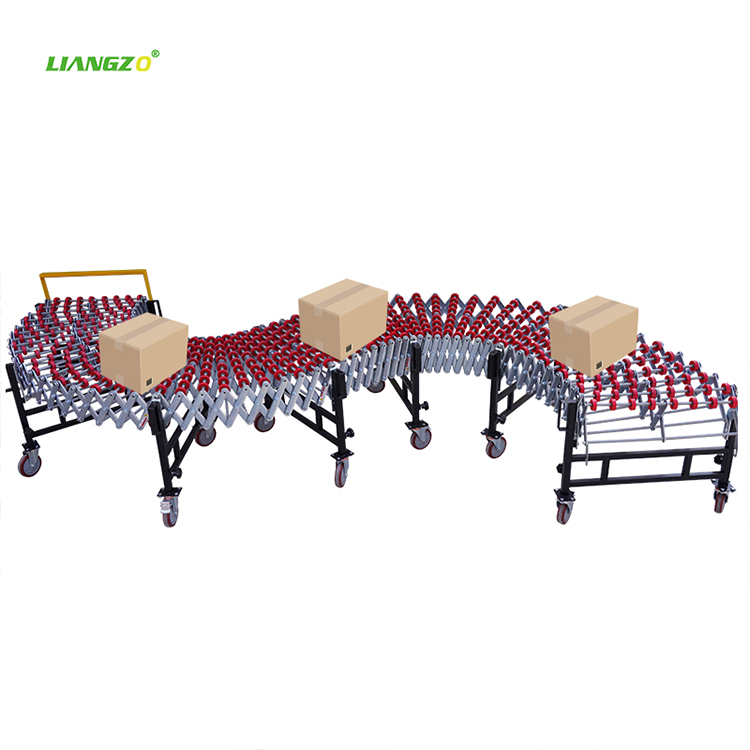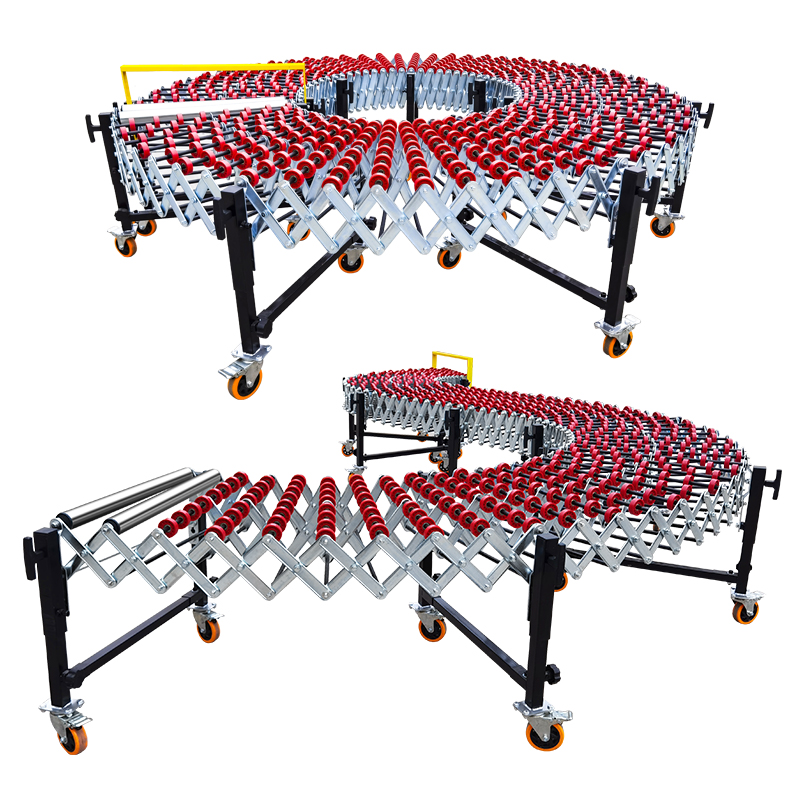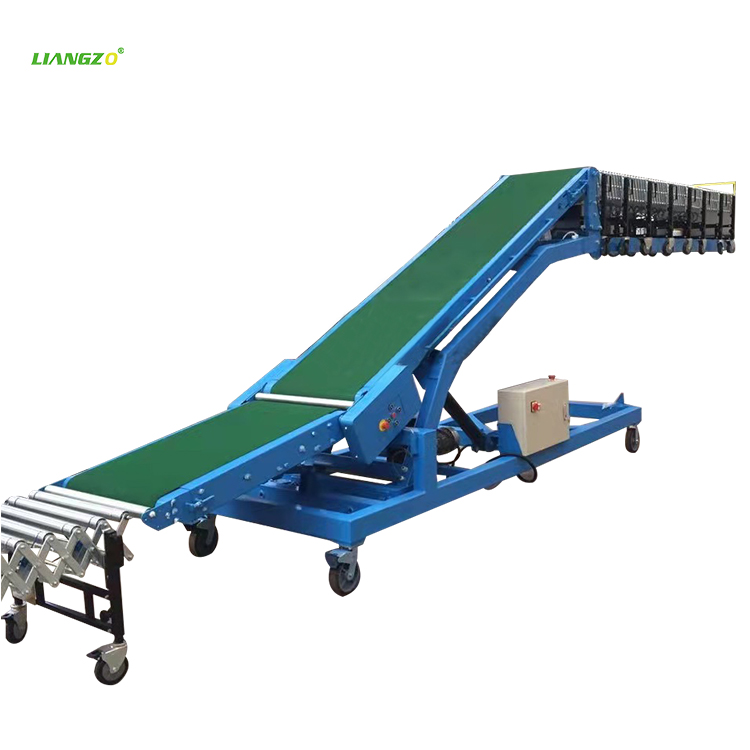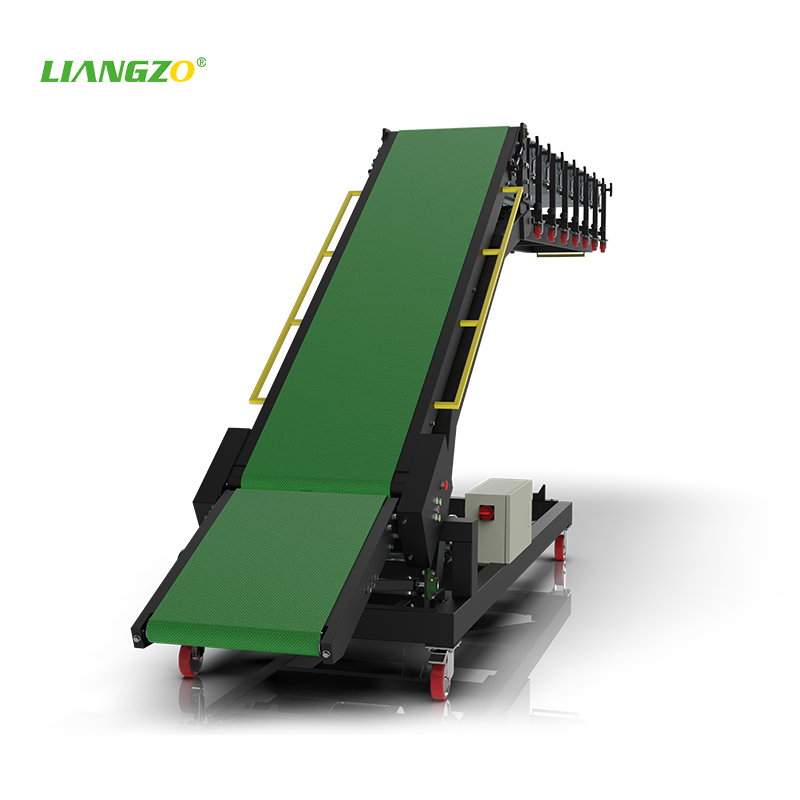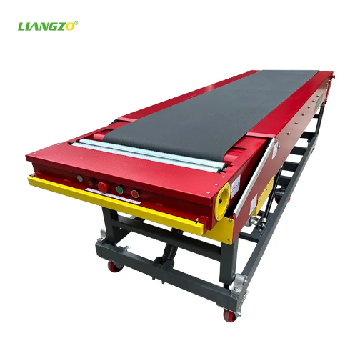In the vast, intricate, and relentlessly efficient world of modern logistics, where speed and accuracy are paramount, the most critical workhorse is often the most unassuming: the belt conveyor. This seemingly simple apparatus, a continuous loop of material rotating around two or more pulleys, forms the very arteries through which the lifeblood of global commerce—packages, goods, and raw materials—flows. From massive distribution centers to airport baggage handling systems, the belt conveyor is an indispensable technology that has evolved far beyond its basic origins to become a sophisticated, intelligent, and flexible cornerstone of supply chain management.
The fundamental principle of the belt conveyor is elegant in its simplicity. A motor provides the power to drive a pulley, which in turn moves a durable belt, typically made from layers of fabric, rubber, or polymer. This belt glides over a series of rollers, known as idlers, which minimize friction and support the load. This basic design, however, belies a system of immense versatility. Conveyors can be flat or inclined, can incorporate sidewalls to prevent spillage on steep grades, and can even navigate curves. They can be straight lines for long-distance transport or complex networks with merges, sorters, and diverters that orchestrate the movement of thousands of items per hour.
The application of belt conveyors within the logistics sector is multifaceted and profound. Their primary role is the efficient movement of goods with minimal human intervention, directly translating to reduced labor costs, increased throughput, and enhanced workplace safety by minimizing heavy lifting and repetitive strain injuries.
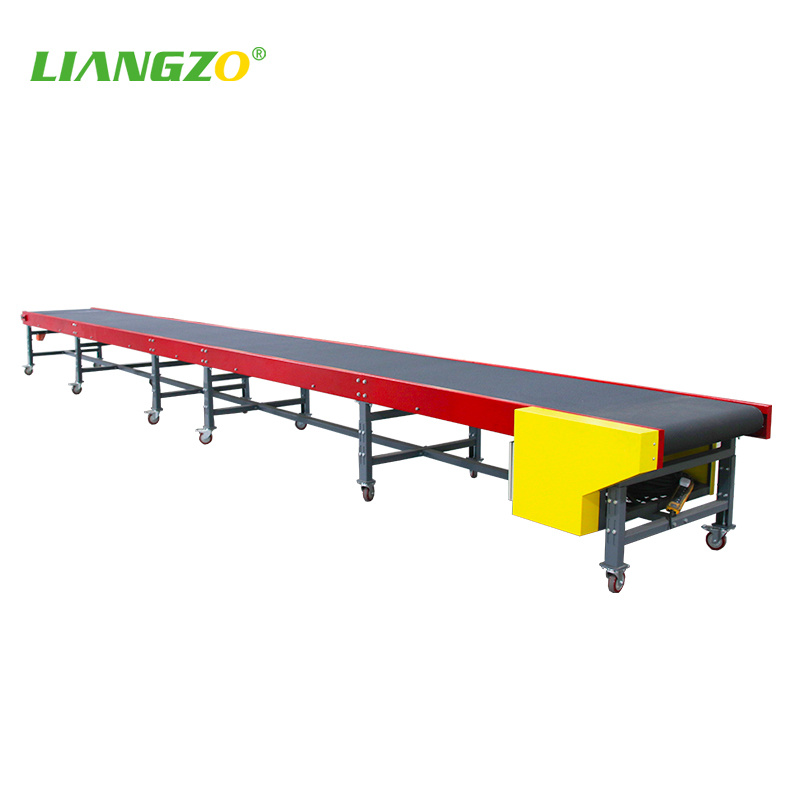
1. Inbound and Receiving: When pallets or cases arrive at a warehouse, they are often unloaded onto conveyors that transport them to designated receiving areas. This creates a controlled flow, preventing dock congestion and allowing for systematic scanning, labeling, and quality checks.
2. Sortation and Order Fulfillment: This is perhaps the most critical application in e-commerce and parcel delivery. Conveyor systems form the backbone of automated sortation systems. As packages move along the belt, barcode scanners or RFID readers identify each item. This data triggers automated pushers, tilt-trays, or cross-belt sorters that gently divert the package onto another conveyor line destined for a specific outbound truck, shipping lane, or storage zone. This high-speed sorting is what enables next-day and same-day delivery promises to be kept.
3. Picking and Packing Stations: In "pick-to-belt" systems, conveyors run through aisles of shelving. Warehouse associates pick items from bins and place them directly onto the moving belt, which consolidates orders from multiple pickers and delivers them to a central packing station. This eliminates the need for pickers to carry carts, streamlining the process and dramatically increasing pick rates.
4. Unit Load Transportation: For heavier items like palletized goods, heavy-duty belt conveyors or roller beds integrated with belts are used to move them between storage, staging, and loading areas. This is essential in manufacturing logistics and large-scale retail distribution.
5. Loading and Unloading: Extendable belt conveyors are a game-changer at the shipping dock. These flexible systems can be telescoped directly into a trailer, allowing workers to load or unload parcels from a single point at the end of the conveyor, rather than manually carrying each item the full length of the truck. This drastically reduces loading times and physical exertion.
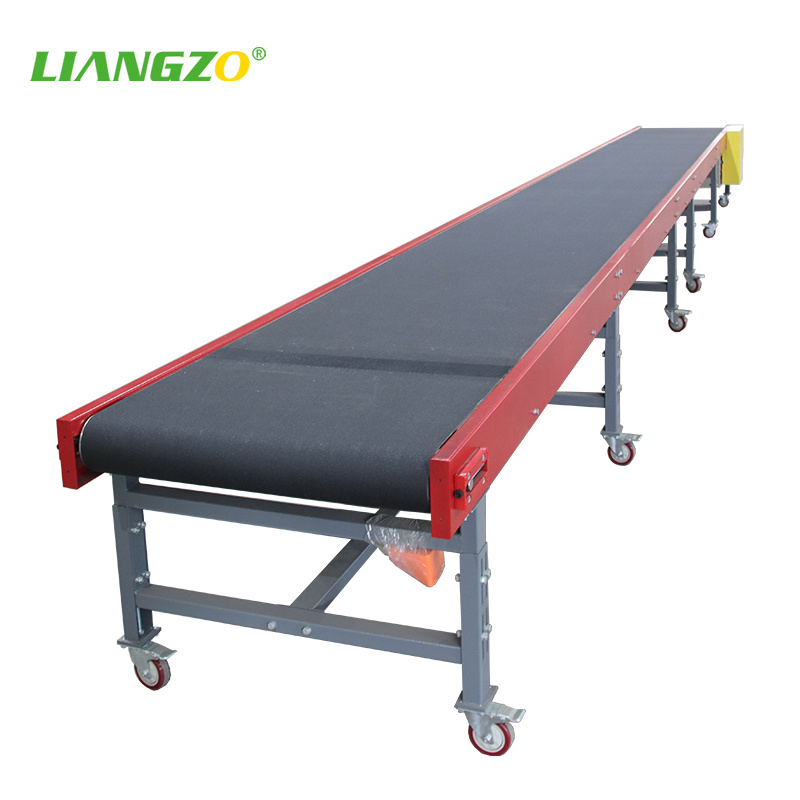
The evolution of the belt conveyor is a story of continuous innovation, driven by the demands of Industry 4.0 and smart logistics. Modern conveyor systems are no longer just mechanical; they are cyber-physical systems. Sensors embedded along the line monitor package dimensions, weight, and location in real-time. This data is fed into a Warehouse Management System (WMS) or Warehouse Control System (WCS), which acts as the brain, coordinating the entire operation. Advanced features like automated merge control prevent collisions, while variable speed drives allow the system to slow down or speed up based on real-time demand, conserving energy.
Emerging trends are pushing the boundaries even further. The integration of Artificial Intelligence (AI) and machine vision enables more sophisticated sortation, such as identifying damaged packages or reading handwritten labels. There is also a growing emphasis on sustainability, with the development of energy-efficient motors, low-friction belts that reduce power consumption, and the use of recyclable materials in belt construction.
Despite its numerous advantages, the implementation of conveyor systems is not without challenges. The initial capital investment can be significant, and the system's layout is relatively inflexible once installed. Maintenance is crucial; a single failed bearing or a snapped belt can halt an entire section of a distribution center, causing costly delays. Furthermore, they are generally designed for a specific range of package sizes and weights, struggling with extreme outliers without specialized adaptations.
In conclusion, the belt conveyor is far more than a simple moving strip. It is a dynamic, intelligent, and utterly essential component of the logistics infrastructure that powers our global economy. It is the silent engine behind the seamless online shopping experience, the rapid delivery of essential goods, and the efficient operation of supply chains worldwide. As logistics continues to evolve towards greater automation, speed, and data integration, the humble belt conveyor will undoubtedly continue to adapt and remain, quite literally, the driving force that keeps the world of commerce moving.


